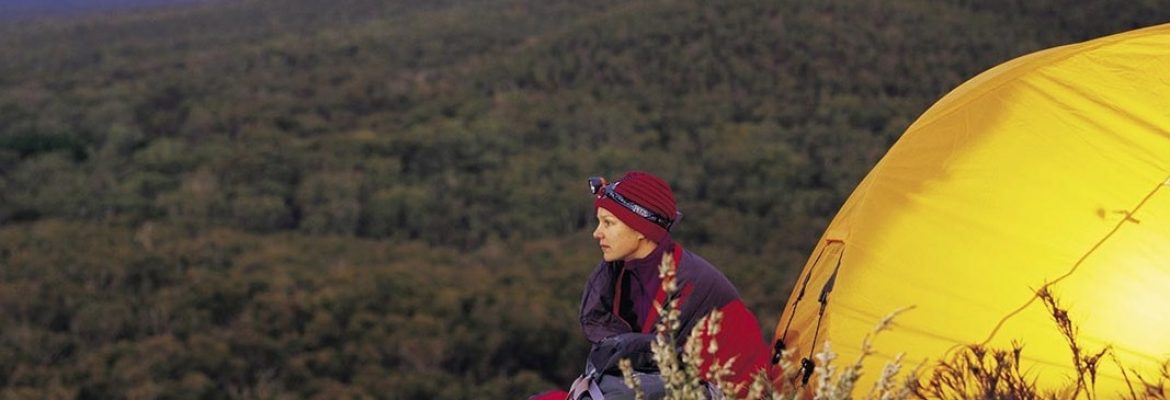Shannon National Park is a national park on the south coast of Western Australia, 302 km (188 mi) south of Perth and 55 km (34 mi) southeast of Manjimup. It was declared a national park in 1988. The park covers the entire Shannon River basin.
The area contains biologically rich wetlands and heathlands as well as old growth and regrowth karri forests. The area remained largely untouched by logging until the 1940s due to the inaccessibility of the area. A timber mill and the town of Shannon were established in the mid-1940s as a result of a timber shortage during World War II. The town once boasted over 90 homes and a hall, post office, church and nursing station. A dam was built in 1949 to guarantee water supply during the summer months.
The mill eventually closed in 1968 and the houses were sold and moved leaving the townsite empty and a campground now stands were the town once did. The area was gazetted as a national park in 1988 and is now part of the Walpole Wilderness Area. The campgrounds contain toilets, gas barbecues, hot water showers and two huts available to campers on a first come first served basis. Entry fees apply for the park
The 48km Great Forest Trees Drive is a one-way loop, split by the highway. Start at the park day-use area on the north of the highway. From here there’s an easy 3.5km walk to the Shannon Dam and a steeper 5.5km loop to Mokare’s Rock, with a boardwalk and great views.
Further along, the 8km (return) Great Forest Trees Walk crosses the Shannon River. Off the southern part of the drive, boardwalks look over stands of giant karri at Snake Gully and Big Tree Grove. In the park’s southwest, a 6km (return) walking track links Boorara Tree with a lookout point over Lane Poole Falls.
There is a sizeable campground with showers in the spot where the original timber-milling town used to be. A self-contained bunkhouse, Shannon Lodge , is available for groups of up to eight people; book this through Parks & Wildlife in Pemberton.


